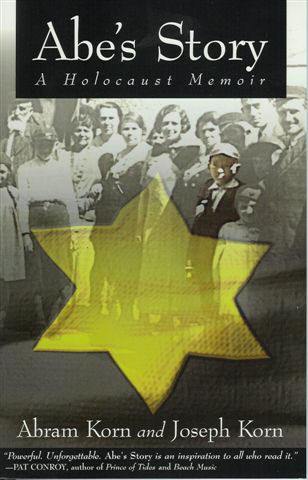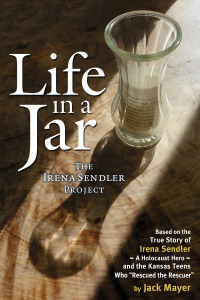|| Return to Cybrary ||
Dachau Liberation
by Chuck Ferree
Pronounce it as though you were clearing something nasty from yourthroat…DACHAU. My first inkling that this pleasant Bavarian villagewould become a word to chill the blood, came from the terrible odor asmy passenger and I disembarked from our little two-seater StinsonL-5.
We were at least a mile away maybe more, but we could still smellsomething very disagreeable. The SHAEF officer climbed into a Commandcar with another General, and off they went. I hopped into a jeep witha S/Sgt. who wore the shoulder patch of the 45th. InfantryDivision…the Thunderbird Division, which had been in constant combatfor almost three years.
We followed the command car. It was cold inthe jeep, even though the sun shone brightly, and I wore myfleece-lined flight jacket. It had snowed the night before. The datewas April 29th. 1945. The Sgt. began telling me what to expect when wereached our destination, which was Dachau, a Nazi concentration campliberated only that morning. I asked about the bad odor, he said,”just wait, it gets a lot worse.”
Dachau had its typical Bavarian attractive homes and neat gardens.This gave me no hint of what lay beyond the landscaped entrance to thedeath camp.
The first place the Sgt. drove me to was the awful proof of therumors—boxcars and bodies.The stories we had heard gave noindication of the grotesque forms of the victims and their emaciatedcondition. These miserable creatures had kept an unusual rendezvouswith death. The train loaded with prisoners had been shipped away asthe American Liberators approached. The camp at their destinationrefused to accept them. Without food or water they had been shuttledaround from camp to camp and ended up back at Dachau. Most had died onthe return trip. The few who had managed to climb from the box carswere shot down by the SS. The bony frames stuck out like skeletons, nomeat on those bones. Many of the cars were open gondolas. The dustingof snow gave the cadavers a ghostly aspect.
We passed along a row of imposing homes of camp directors and entereda gate decorated with a large German Imperial eagle. The barracksinside bore lighting-decorated SS insignia. We passed a large kennel,it’s occupants lay victims of the wrath of the recently liberatedprisoners. Large and once beautiful German Shepherds, throats slashed,heads crushed. We then saw a building appropriately marked “BrausBad,” to lure victims into the gas chamber. Warnings were painted onthe building and the door; the international signal for danger…askull with crossed bones.
Leaving the gas chamber we found further proof of the Nazi claim toeverlasting infamy—human bodies heaped hodge-podge filling two roomsand sprawling out the doors. It was here that the cold weather workedto the advantage of the witnesses. The stench of the bodies and theaccompanying filth would have been unbearable under other conditions.The order permeated right through my heavy leather jacket.
Between these crowded morgues was the creamatorium where four yawningdoors stood open and eagerly consumed more victims. Outside there wasmuch evidence of bones and ash where the furnaces had been emptiedmany times of their gruesome contents. Beyond this scene was a stallwhich had been used as an execution chamber where many had met deathby the firing squad.
This death farm was separated from the main stockades by a high wirefence and a moat. Swarming along the fence were hundreds of the morefortunate prisoners who were now liberated and expressing theirgratitude.
Beneath the murky waters of the moat were the features of several SSguards and on the opposite bank was a fitting monument to the depth ofthe Nazi culture. Frozen on the ground were the bodies of several SStroopers who had been slain by their liberated captives before theycould surrender to the Americans. At the bottom of each of the manyhigh watch towers, more bodies lay. SS guards who had tried to put upa fight and were killed by the Infantrymen of the 45th. Division.After seeing many more horrors of Dachau it was small wonder that theonly superman who still held his head up high was thelarger-than-life-sized statue of the SS trooper on the wall.
After 3-4 days touring Dachau, the SHAEF officer and the others in ourgroup flew back to Frankfurt. My passenger commented to me as wesettled into our seats: “Jesus Christ, I wonder how many more of thesefucking places we’re going to find.”



